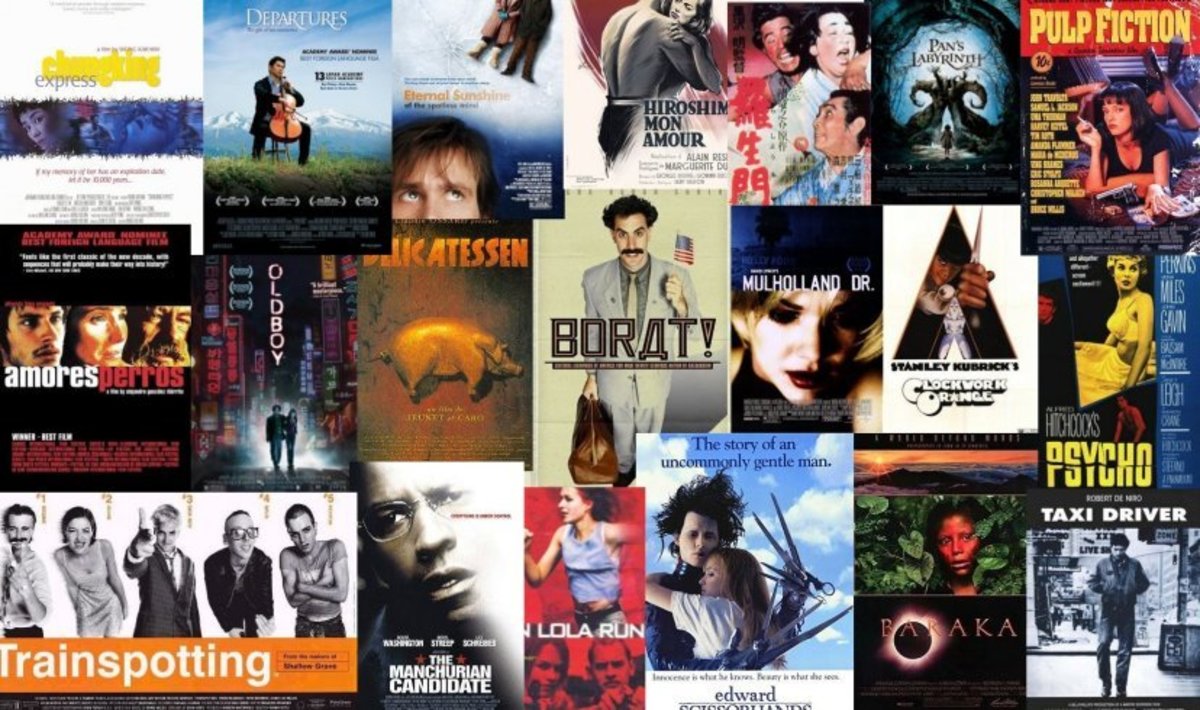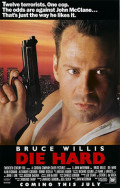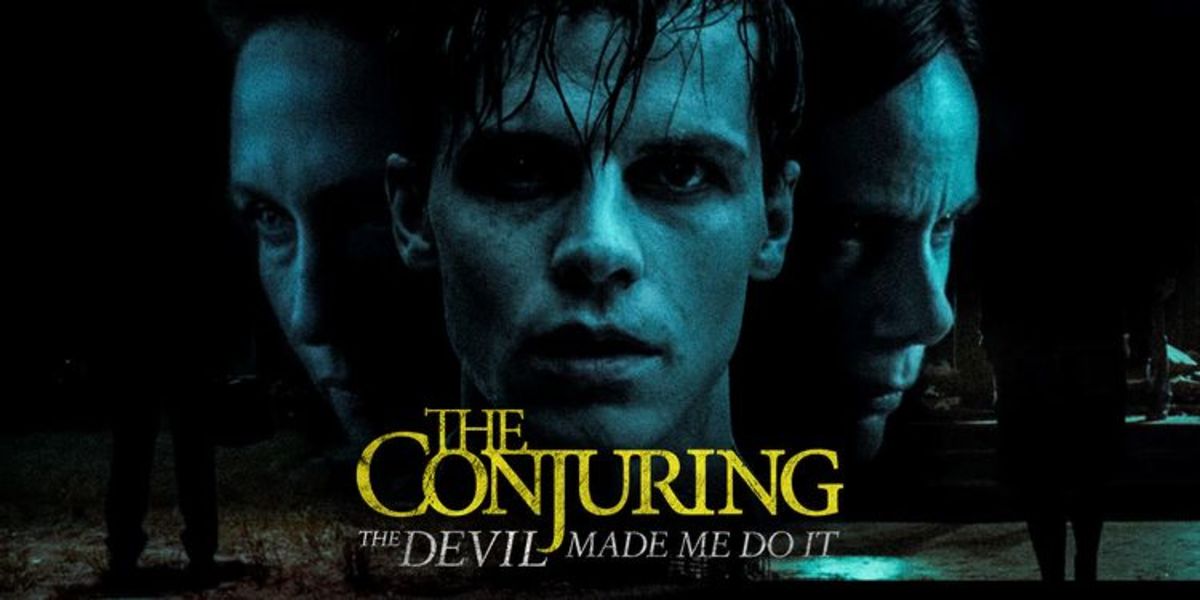Die Hard - A Look At Classical Narrative
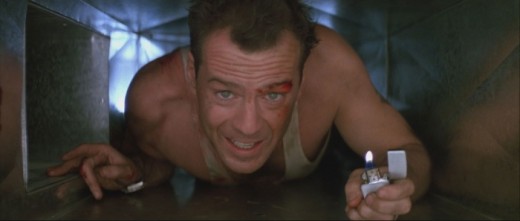
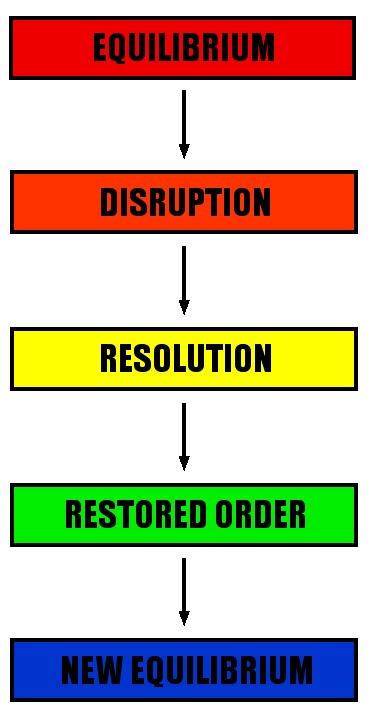
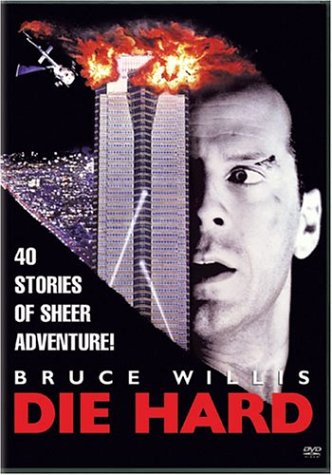
Which Do You Think Is The Best Die Hard Movie
Classical Narrative is the most commonly used narrative, for audiences have certain expectations. They generally like to see a happy ending, which is in most cases what the resolution is. If not they are often disappointed and may decide that it wasn’t a good film based on this. It’s therefore the most powerful form of narration. So it’s safer for a film maker to stick to classical narrative and its conventions being the seven elements of classical narrative. I will be using the film Die hard to illustrate this. The techniques used and they’re effects on the audience.
Todorov's Narrative Theory Todorov stated that for a film to be considered a classical narrative as most are; It must follow the following 5 steps
Equilibrium - This is where everything is balanced and at peace, this is typically at the beginning of the film before stuff goes down!
Disruption - This is 'The stuff doing down', this is whatever and whenever the perfect balance of the world created in the beginning is challenged and disrupted
Resolution - This is what happens in order to bring back a state of Equilibrium
Restored Order - This is the moment that the state of equilibrium is restored
New Equilibrium - A new equilibrium is formed, often it cannot be the same as before it all began but a modified version of it which takes into account the actions that have unfolded, for instance in Die Hard, in the initial Equilibrium, they are separated as a couple but in the end a new equilibrium is formed where they are together; reunited as a couple.
Die Hard 1988 Directed by John McTiernan
John McClain (Bruce Willis) an LA cop comes to New York to spend Christmas with his family. It’s a pretty standard Christmas, as he goes to a party at her work, until things take an unexpected turn, as a group of intelligent and ruthless terrorists seize the building. It’s all up to John to save the day as he sets out to foil their plan.
The first element of classical narrative is “identification with character.” This is most dominantly worked on in the beginning, but runs through-out the film. In the first scene on the plane we learn that he has a fear for flying, many people can probably relate to this. When the guy sat next to him spots Johns gun, as he stands up John explains he’s a cop. The camera goes into “low angle shot” looking up at him. This indicates who to give respect to and symbolises power. The guy he’s sat next to previously said “trust me I’ve been doing this for 9 years” when on about flying and when john then says about been a cop “trust me I’ve been doing this for 11 years.” This serves multi purposes, firstly it gives us an insight to his background, age and that he’s quick witted. It’s also no coincidence that 11 is bigger than 9 this shows that he always wins in the end. His Non verbal communication (NVC) is very macho. Characters such as Argyle, Al and Holly are tools for character exploration, especially Argyle. The audience already recognises John because the spectator can automatically translate the context, according to what he/she believes to be the genre of the film. Which were led to believe is action. The genre brings with it conventional characters.
The second element of classical narrative is “Establishment of a fictional world with an equilibrium.” (first stage of Todorov) This is the biggest sight of pleasure for the spectator but less so in this film, as the world is already pretty defined by the genre and is only a constructional stereotype of an actual city in America. I feel the iconography for this is such things as Tall buildings, telephones, Work places, Airports pretty every day things. I personally found the verisimilitude to have been low in the beginning stages but did improve as the film progressed. For instance we are to believe that this is set on Christmas eve. However the first frame of the film is of a nice, orange sunset and I don’t feel on the whole people are dressed appropriately. If intended I would expect the odd shiver or visible breath. There are also some plants/trees which looked oddly healthy, in the background of an airport frame. Some snow would do so much but there wasn’t any.
The equilibrium is the party and the workplace which is quite normal everything is how you would expect it to be at Christmas down to the arguments.
The third element is “disruption occurs” ( Second Stage of Todorov) This is distinguishable from the narrative but the technical codes lend a hand in recognising it. The scene where you see the truck enter the parking lot, the lighting is used as this is the first scene where we see the outside when the sun has fully set. The truck looks quite menacing as its put in darkness its edited quite fast, this is also accompanied by a sinister piece of music. The truck is the disruption. To the less observant, it is definitely clear as the guy shoots the receptionist seconds later in the same scene that the equilibrium has been broken.
The fourth element is “Action develops through various attempts to restore the equilibrium”
The scene I feel depicts his attempts best is the one where Al is about to leave after an unsuccessful inspection, following a distress call from our hero John. In desperation John smashes the window of the 32nd floor window, to throw the dead body of one of the terrorists onto the cop’s car. Therefore alerting him and this is his attempt to restore the equilibrium by involving the cops, hoping they could restore the equilibrium. This is just one of many attempts he made to restore the equilibrium. Fast editing is often used in these scenes to create excitement and makeup was used a lot to make John look “battle scarred.”
The fifth element “Logical, Linear, Time order is maintained” The continuity editing I had no problem with. Nothing seemed abrupt so it can’t have been bad. An example of the good use of logical order is, when it first shows john on the plane, then the air hostess signalling landing and John walking to the exit, then logically next we are in the airport, a limo driver is waiting to pick him up to take him to the Nakatomi building and that’s where he stays. So that’s perfectly logical and straight-forward. The time order appears not to be maintained very well as were to assume in our ominous positions, that were seeing 2 things, which happen simultaneously, but one after the other. We see John at the airport and its light, then were taken to the offices of the Nakatomi building, outside looks dark and John hasn’t arrived yet. Then we cut back to john in the car and as he arrives its still light. So this doesn’t make sense, obviously the order in which it was filmed. Overall due to the continuity editing, I was able to suspend my disbelief to engage in the film. Especially after the disruption, its very easy to get lost in the world of the film.
The sixth element is “Resolution is reached” We are given a false resolution at the end. The music starts to emphasise the resolution or should I say create the illusion of one, as all the terrorists are supposedly dead. Which is what caused the disruption in the first place. They have also finally got out of the building unharmed .Were quite cleverly lured into this false sense of safety, that everything is over until, one of the terrorists bursts through the doors with a gun, Which I don’t see how he was still alive not very logical. Al Powell shoots him and the resolution continues again for sure this time as John and Holly drive off leaving the place which has caused so much trouble, in many ways some subliminal and a clean resolution even they’re marriage problems are symbolically resolved as John introduces her to Al as Mrs Generro and she corrects him by saying Mrs McClain.
The seventh element is “Light relief occurs through pleasure devices” This film is full of pleasure devices, the way he kills the terrorists on the whole created big pleasure. His witty comments before and after killing a terrorist for example “you wont kill me you’re a cop you have rules” John replies by saying “yeah that’s what my boss keeps saying.“ Its not only funny things that gives us pleasure, We gain pleasure from the growing friendship between John and Al and its nice at the end when Al takes his part in saving the day, even though he swore to not to shoot a gun ever again, likewise nice to see Argyles contribution too.
The narration is strongly omniscient through-out. There’s many examples where we are the all knowing. The best being when we know that the building is being stormed by the terrorists long before John does and When John meets Hans, but because he’s only spoke to Hans on the radio’s (CV) and Hans uses an American accent, John doesn’t know that its Hans, but we do because all through-out the film we have been shown him and his POV. The camera angle also shows us Hans is trying to back off to his gun. John is completely unaware. We are definitely aligned with John but it’s an odd technique to use in terms of character identification, as if were expected to identify for the terrorists too. However it does create a good effect of suspense, as were waiting for the inevitable to happen.
Die hard was a very successful, big time, box office film. This is because it successfully uses all the 7 aforementioned conventions of classical narrative, which I have just illustrated how they were used effectively or not. The popularity of such films speaks for itself on the successfulness of classical narrative.




